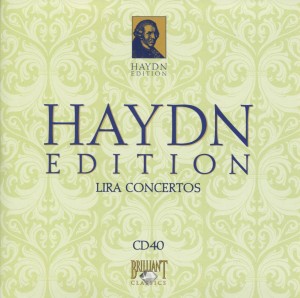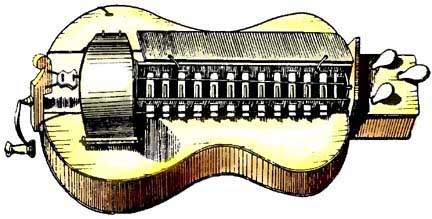 The hell is a “Lira Concerto”?
The hell is a “Lira Concerto”?
See? Right from the start, I need to learn something.
I love that.
Before I get my Google fingers Googling, I’m listening. And what I’m hearing sounds like a calliope. Some kind of circus instrument that, to my ears, sounds like it should be attached to a wagon that sells cotton candy from town to town — with P.T. Barnum out front cajoling people to “Come one! Come all! Step right up!”
Okay. Now it’s time to discover what a Lira Concerto is.
The CD jacket tells me the following:
Hugo Ruf lira
Susanne Lautenbacher, Ruth Nielen violins
Franz Beyer, Heinz Berndt violas
Oswald Uhl, cello * Johannes Koch viola da gamba
Wolfgang Hoffman & Helmuth Irmscher horns
So, apparently, there actually is something called a lira that one plays. It’s an instrument.
Google time.
 I see. The lira “is a Ukrainian variant of the hurdy-gurdy, an instrument which can trace its history back to the 10th century.” What I’m hearing doesn’t sound like a hurdy-gurdy.
I see. The lira “is a Ukrainian variant of the hurdy-gurdy, an instrument which can trace its history back to the 10th century.” What I’m hearing doesn’t sound like a hurdy-gurdy.
I’ve seen one of those (a hurdy-gurdy). In fact, I’ve seen Continue reading

